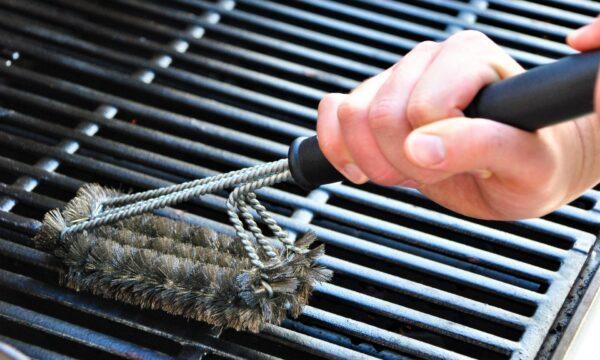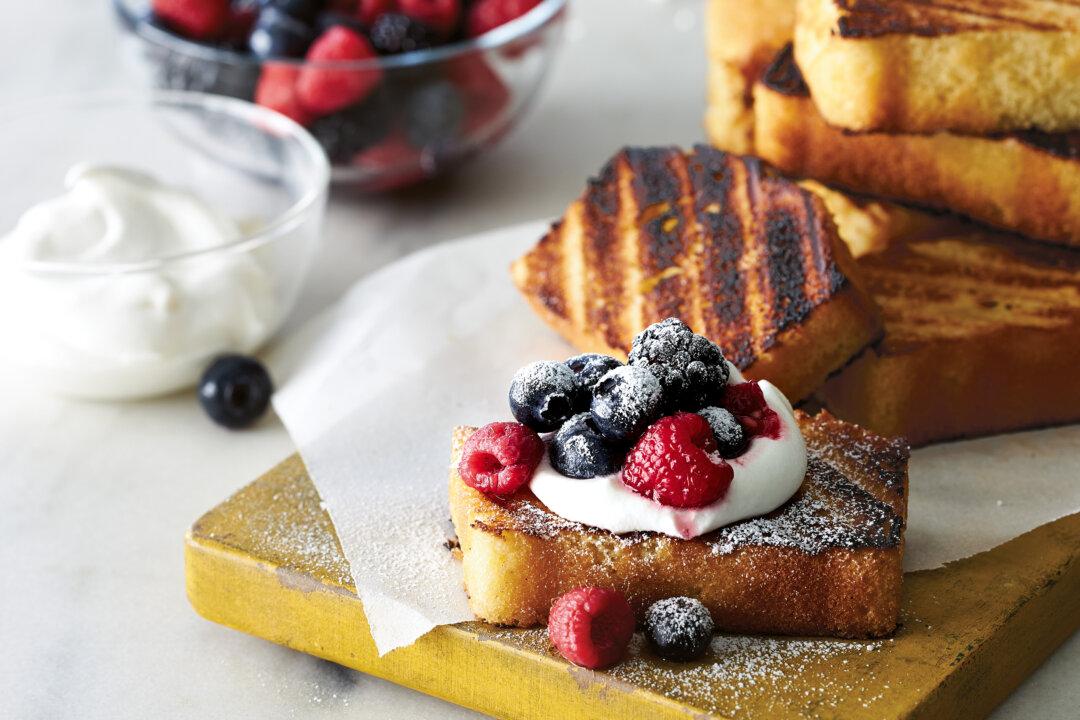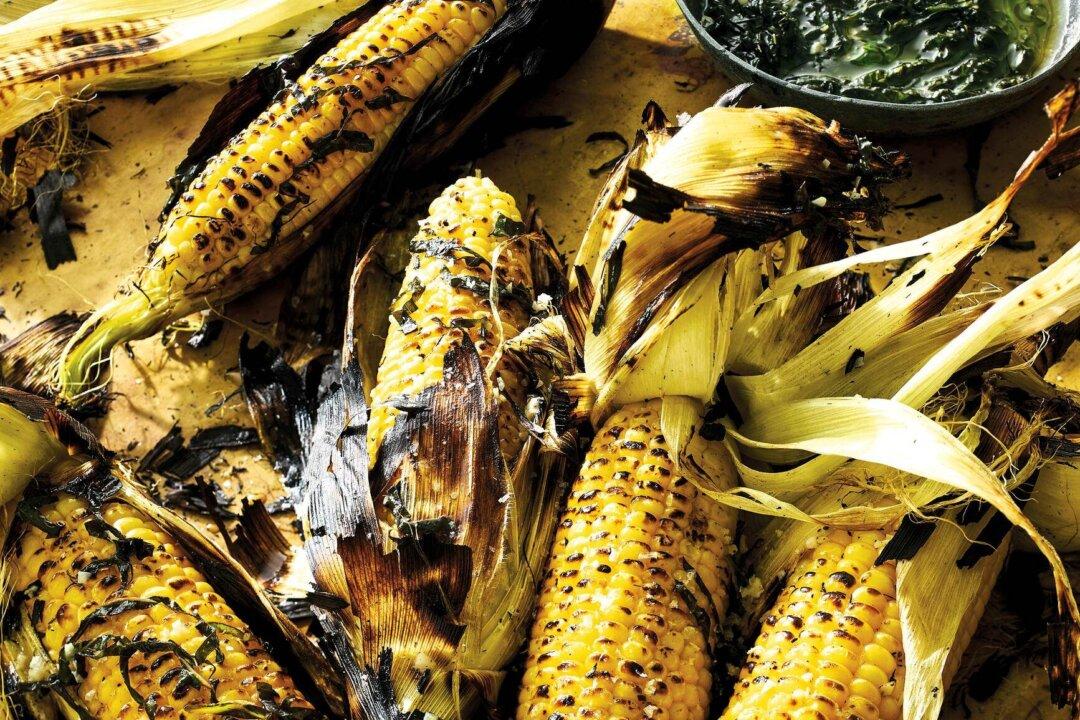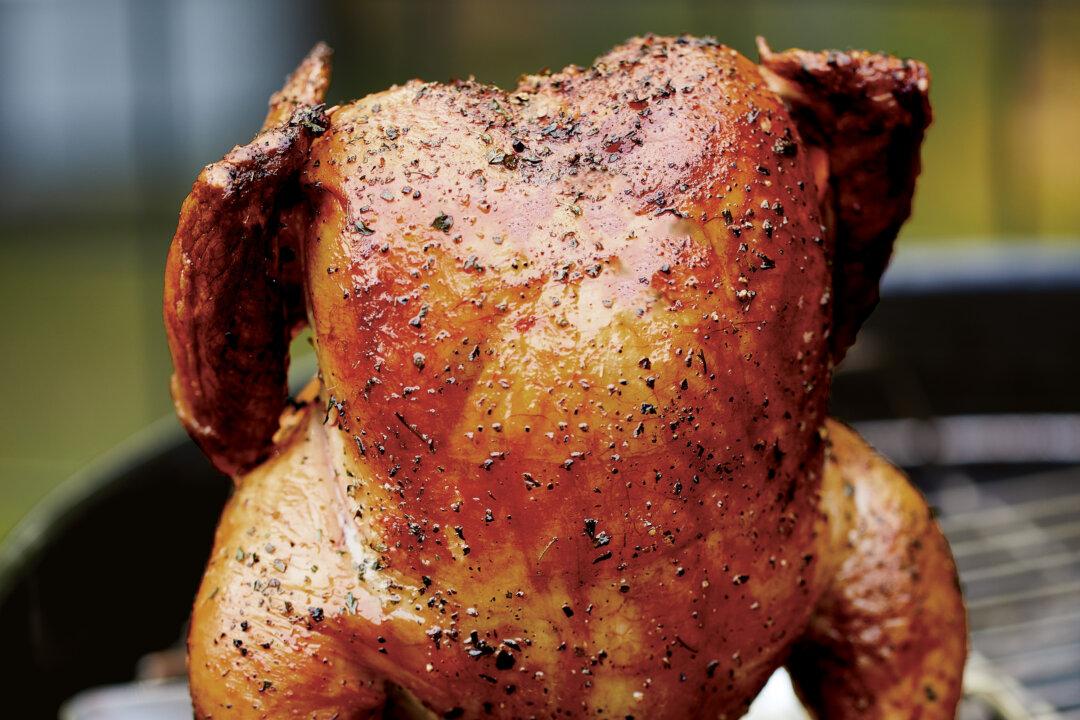The rules for grilling vegetables are pretty much the same as those for grilling meat or seafood: Keep it hot. Keep it clean. Keep it lubricated. In other words, you want to start with a hot clean grate that you oil right before the food goes on.

Start with a hot clean grate that you oil right before the food goes on. TBaker770/Shutterstock





